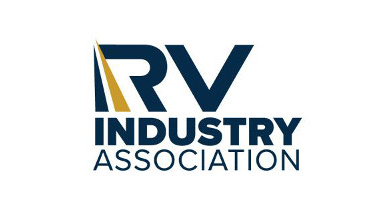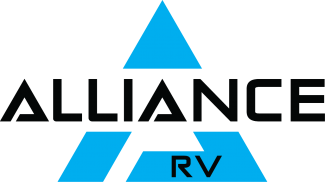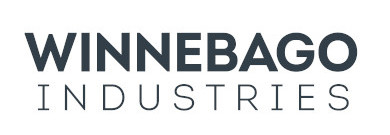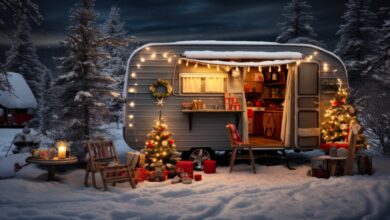The Heart of a Champion
The Michigan-based park model maker’s geographic designs are leaving a mark on the industry, and there’s not a state it can’t reach.
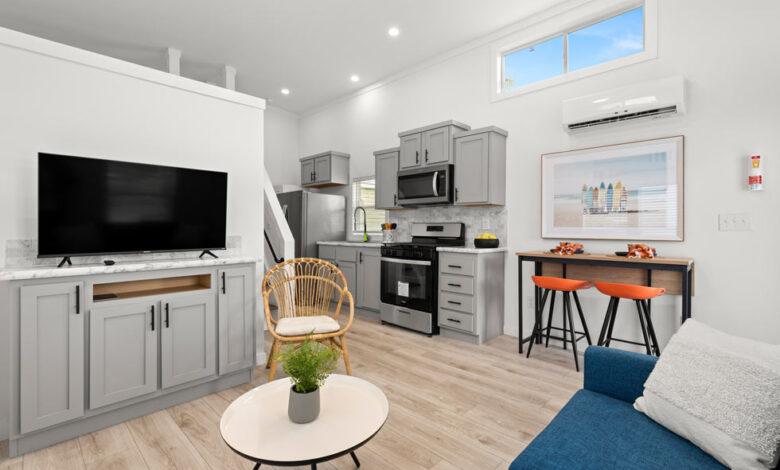
Champion Home Builders has become a dominant force in the U.S. park model market, garnering a market share in 2023 of more than 25%. The Troy, Michigan-based manufacturer has grown steadily since its founding in 1953. Its parent company is Skyline Champion, created in 2018 when Skyline Corp. and Champion Enterprises Holdings merged.
“Our forecast for this year is about an 11% upsurge in our retail network,” says John Tuyo, the company’s director of park model sales. “We are looking for a stronger year in 2024 than we had in 2023. The first month’s numbers (of Champion’s fiscal year, which begins in March) have come in, and we are off to a good start. We are right on track.”
High interest rates have slowed sales somewhat, but Tuyo notes Champion’s typical buyer isn’t that concerned about interest rates. He describes Champion’s mix of customers as being composed of 65% “residual income folks, regardless of age.” About one-third put their park models on private property, or in parks where they like to go camping.
“We have 15 manufacturing centers building park models across the country,” Tuyo says. “Our main portion of our business comes from the retail network. Some are large organizations who own 250 to 500 communities. Our retail network, actually what we know as street retailers, are probably only about 10% of our business. The remainder is in communities and campgrounds.”
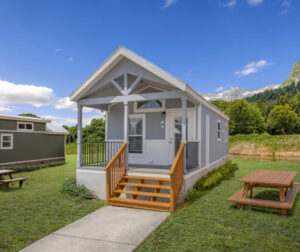 Champion has grown over the years in part due to acquisitions. Tuyo says the company kept the nameplates the market knows. Different styles, based on geographic location, are offered.
Champion has grown over the years in part due to acquisitions. Tuyo says the company kept the nameplates the market knows. Different styles, based on geographic location, are offered.
Altogether, Champion operates about 50 manufacturing sites for its manufactured housing and park model business. That’s a good number, Tuyo says, adding the company will open additional production at its existing plants as needed. Champion emphasizes quality control in its manufacturing process. RV Industry Association (RVIA) inspectors are at each manufacturing site to support quality control measures already in place.
Coast to Coast
Champion’s top park model markets are Florida, South Carolina, Arizona and California. The company isn’t currently building in Canada, but Tuyo notes that possibility is on the near horizon, saying there is a need in Canada for the company’s products.
“Generally, buying a park model is a one-time purchase, unless you are talking about a community that is renting them out,” Tuyo says. “Then, periodically they may sell off the park models they have rented and bring in fresh models, so that return customers can have new models to stay in.”
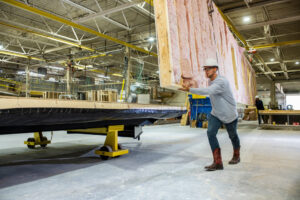 Overall, Champion builds between 1,300 to 1,600 park model units per year. That accounts for about 25% to 30% of the U.S. park model market.
Overall, Champion builds between 1,300 to 1,600 park model units per year. That accounts for about 25% to 30% of the U.S. park model market.
“More people are becoming interested in park models, especially with the cost of gas and diesel so high,” Tuyo says. “People are more willing to go back to the same area and not have to drag a fifth wheel or RV if they don’t have to. They can go to a community or campground and purchase one and keep it there, or buy private property in their desired area and visit yearly.”
Park models offer an attractive, affordable alternative to buying a second home, Tuyo says. Units range in price from the mid $50,000s to the mid $150,000s, according to Tuyo. He says Champion’s strengths are the quality of its products and service, and available options the market demands.
“We have price sensitive units all the way up to the most elaborate units you could imagine,” he says. “Our manufacturing centers are from coast to coast. We have them in the north, south, east and west. There is not a state we cannot reach, including Hawaii. We can ship them to the ports. We are working for a community in Hawaii right now, as a result of the unfortunate fires they had last year.”
Tuyo says in the current era of housing shortages, manufactured homes of various types can be an extreme value, whether used recreationally or as a full-time residence.
Regional Designing
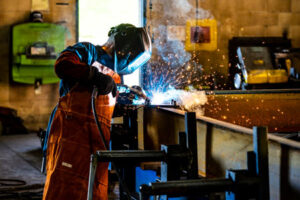 Champion upgrades its park models about every quarter, building on models of the Shore Park and Athens Park lines.
Champion upgrades its park models about every quarter, building on models of the Shore Park and Athens Park lines.
“Then we have derivatives off of that, based on regional requirements, from a floorplan standpoint and a color palette standpoint,” Tuyo says. “Our colors in North Carolina, for example, generally are not the same as what we have in Texas, because of regional differences.
“On the East Coast, we do a lot of the coastal colors, like the light blues, teals and bright whites. In the central states, we do a lot more metal roofs and darker colors. In Arizona and Idaho, many customers prefer the cabin-feel park models, with more wood interiors. Out West, we sell a lot of brighter colors, but it is a different color configuration than in the East.”
Inspiration for model upgrades comes from a variety of sources, he says. Important input comes from current owners and retailers. An internal Champion Design group is responsible for creating color palettes and crafting floorplans.
“We have registration cards for feedback from the customers,” Tuyo says. “We gather information not just on location, but we request information about what we can do better from the retailers, and what new things people are looking for, whether it be color or features in the park models.”
Trade shows have become increasingly important, he says, and Champion plans to participate in more events this year.
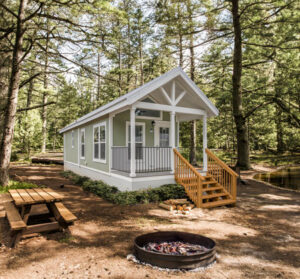
“The market demands that we show in different parts of the country,” Tuyo says. “This is what we do as the nation’s largest park model and cabin builder. Our presence from an online perspective, as well as from a show perspective, is going to be larger in 2024 than it ever has been before. The big ones would be the Louisville show, (Louisville Manufactured Housing Show), the Florida RV SuperShow, the KOA show, the Glamping Expo in Colorado, and we go to nearly every state’s campground association shows yearly.”
Competition in the park model sector is keen, especially with new companies entering the field. The growing popularity of tiny homes is a factor.
“Our goal is to maintain and increase our market share, even with new manufacturers coming into the market,” Tuyo says. “Tiny homes, which are not regulated through RVIA code 119.5, they are coming in. They are not listed as a park model, but the tiny home market is gaining some ground. The park models are a coded temporary housing option in every state in the country. Tiny homes are unregulated and not part of the RV industry.”
